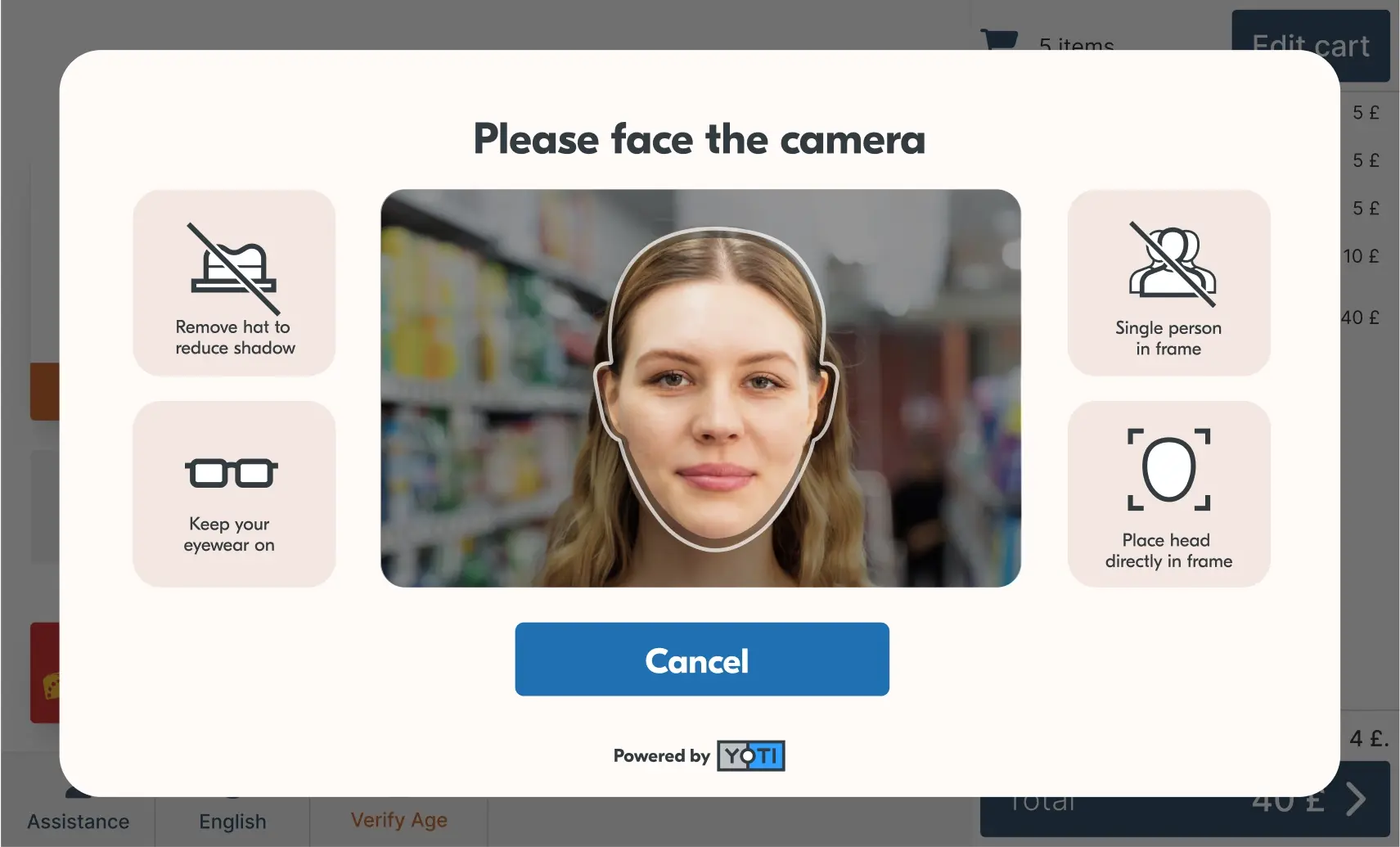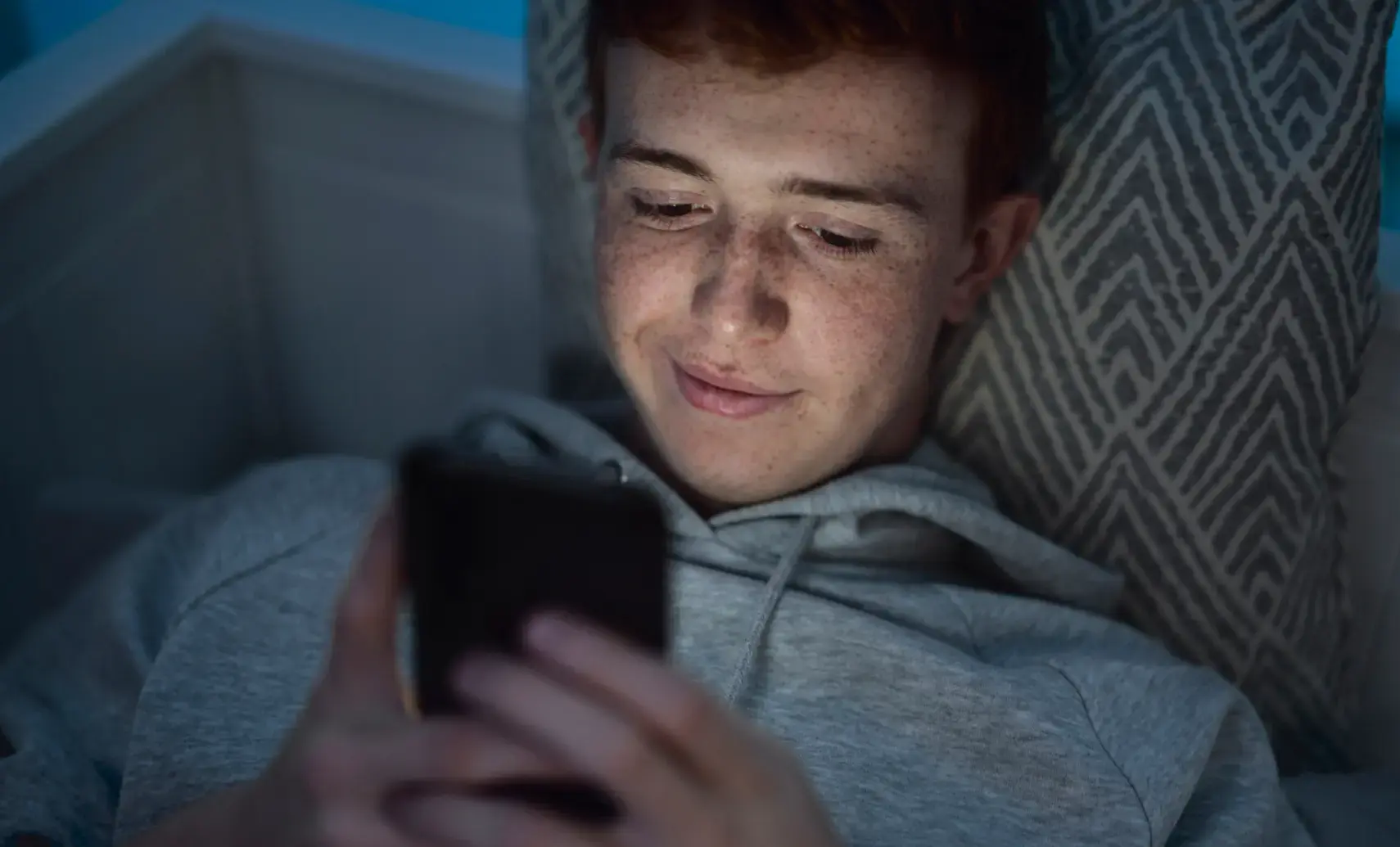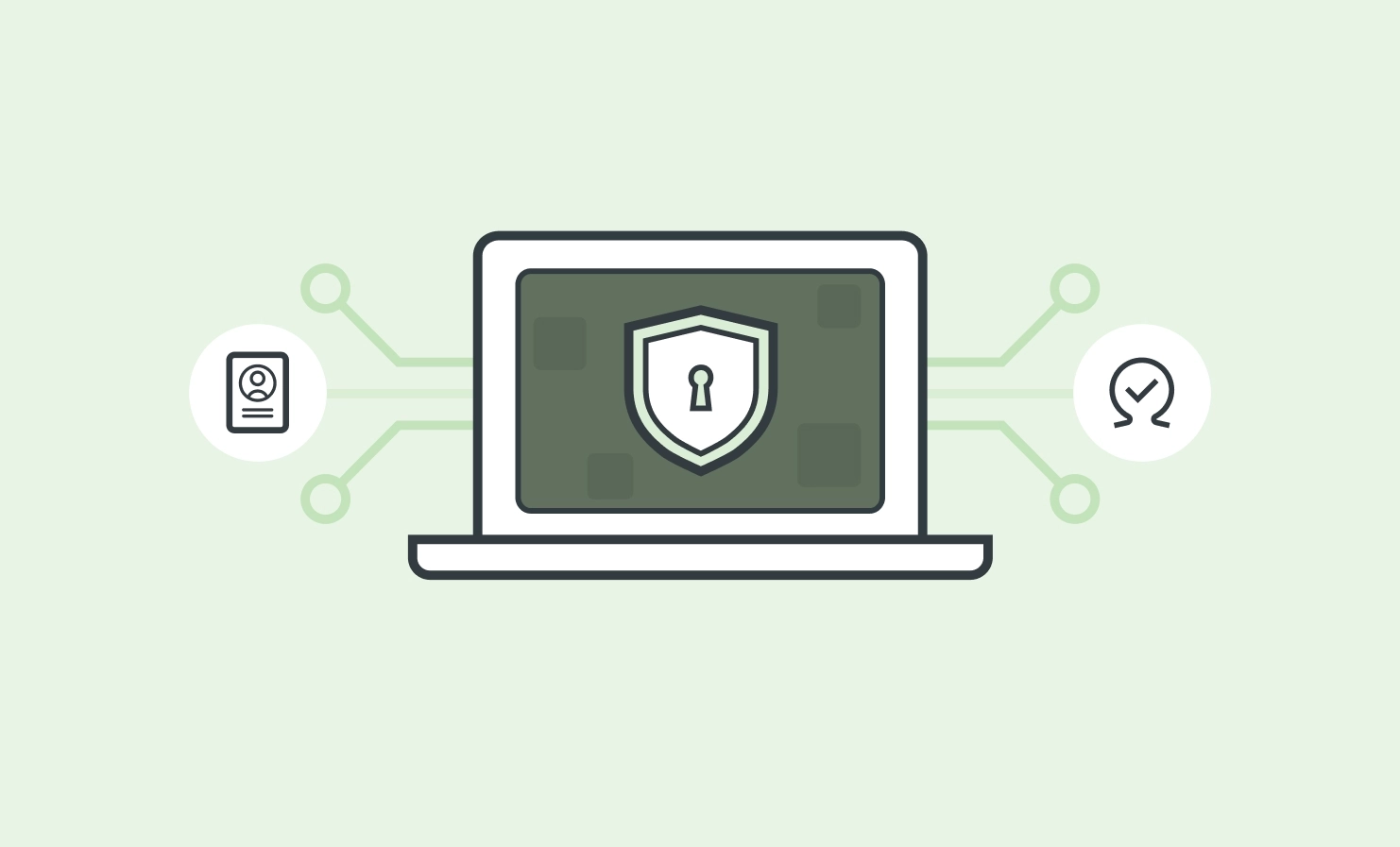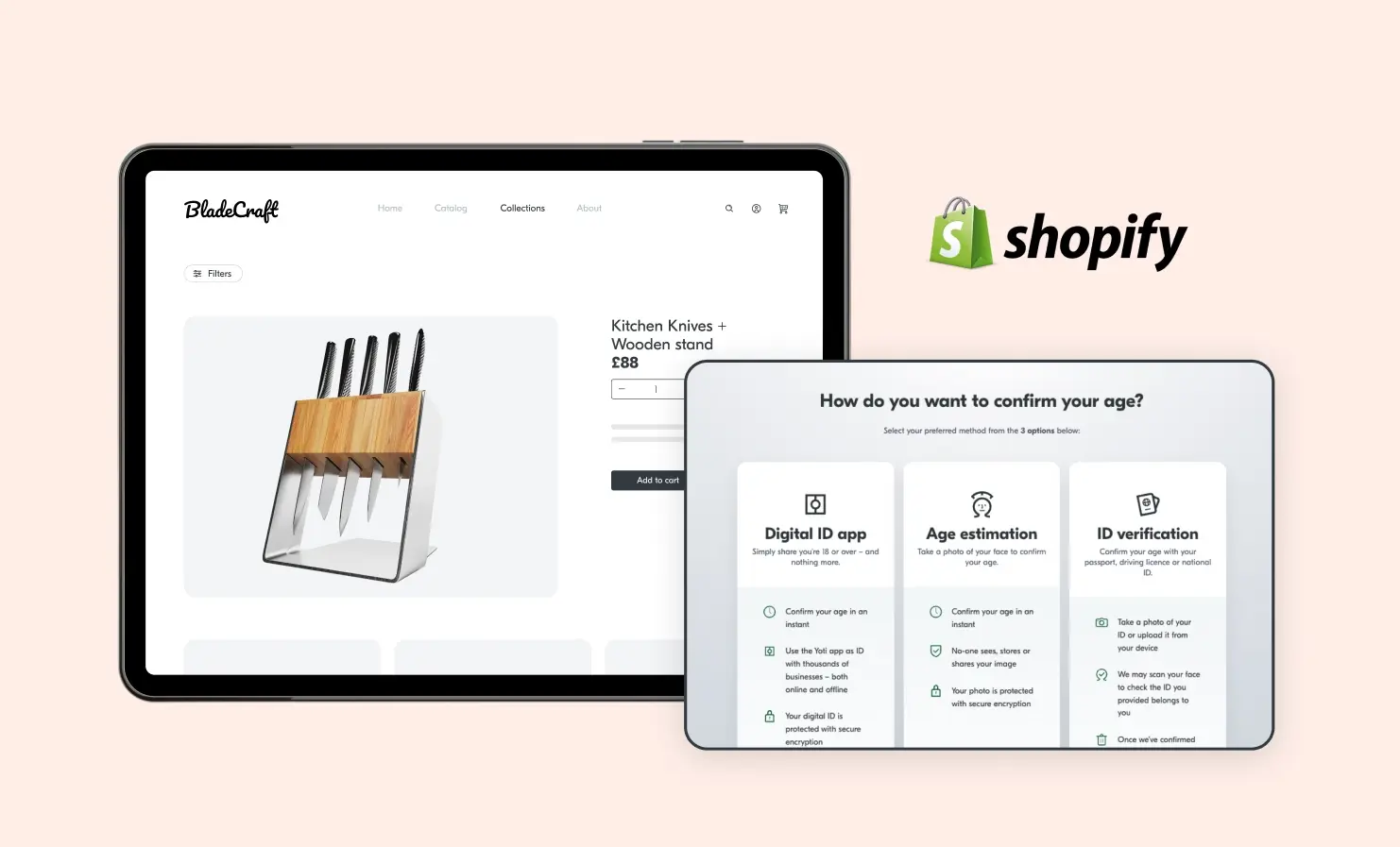
Many of us have been there: standing at a self-checkout, scanning our shopping, only to hit a roadblock when the till flags an age-restricted item like a bottle of wine or a pack of beer. With age verification accounting for between 40 – 50% of interventions at self-checkouts, it significantly disrupts and slows down the checkout experience.
We wait for a retail worker to approve the sale. The retail worker does a visual estimation of our age – they look at our face and guess whether we’re old enough to buy the item. Most retailers follow the Challenge 25 policy – so the worker will guess if we look 25 years or older. If not, we’re asked to show some ID.
This is human estimation. It’s been the norm for years. But just because we’re familiar with it doesn’t mean it’s the best method.
In fact, we now have something better.
Human guesswork vs. proven accuracy
Study after study confirms what most of us instinctively know: humans aren’t great at judging age. Factors like lifestyle, clothing, sunlight exposure, and even stress levels can all make someone look older or younger than they really are. No matter how experienced a retail worker is, they’re still guessing.
In addition, people tend to estimate age more accurately when assessing others who are similar to themselves. However, this accuracy often reduces when evaluating individuals from different age brackets or those with different characteristics such as gender or skin tone.
But our facial age estimation technology has consistently outperformed human judgement. It’s even beaten the most accurate individual human estimator. The accuracy is continually improving – and it’s all done in a way that protects privacy.
Good news for digital ID – but a missed opportunity
The UK government has taken a positive step by allowing the use of digital IDs for proving age in supermarkets. Shoppers will soon be able to scan a QR code at the self-checkout and confirm their age via their digital ID.
This is a great step in the right direction. But there are additional measures, currently available and used globally, that can further help customers and business.
Despite being safe, accurate and privacy-preserving, facial age estimation still isn’t approved for supermarket self-checkout use.
Which raises the question: If we know it’s more accurate than human judgement (including the most accurate human), why aren’t supermarkets using it?
Unfortunately, the UK government has not yet approved facial age estimation for self-checkout use. This decision to exclude facial age estimation is disappointing, especially given the technology has been successfully tested by UK supermarkets in a Home Office trial, with overwhelming support from customers and supermarkets.
The gold standard of age checks
At the self-checkout, customers should be able to choose the method that works best for them:
- Facial age estimation technology
- Digital IDs
- Human estimation
This flexibility respects personal preferences while ensuring every shopper has a way to prove their age – whether or not they own an ID.
Facial age estimation doesn’t replace staff – it supports them. It’s a trusted tool in the age-checking toolkit. A teammate. One that shouldn’t be left sitting on the bench.
Because if you’re picking your strongest lineup, why would you leave your best player out of the game?
There are numerous benefits of facial age estimation for both shoppers and retailers:
- Privacy-preserving: Facial age estimation allows customers to prove their age from a facial image. They do not need to use an ID or share personal information like their name or date of birth. As soon as their age is estimated, their image is deleted.
- Inclusive: This technology offers customers a more inclusive way to prove their age. This is particularly important given not everyone owns, has access, or can afford an ID.
- More accurate: Facial age estimation is proven to be more accurate than humans at determining age. Higher accuracy = better protection against underage sales.
- Works with safety buffers: Facial age estimation technology can be used with age thresholds, mirroring those already used in store. For instance, a retailer selling 18+ items could use facial age estimation technology with an age threshold of 25. This means the technology needs to estimate the age of someone as 25 or over for them to pass the age check. Users who are younger than this threshold (aged 18-24) would need to use another method to prove their age.
- Relieves pressure on staff: The technology can remove challenges for retail staff when it comes to determining the age of customers. Additionally, fake IDs are becoming more sophisticated, making it increasingly difficult for staff to spot the difference between a real and a fake one.
- Reduces conflict between workers and customers: When customers are asked to show proof of age, it can be one of the most common triggers of violence and abuse towards retail staff. It is estimated that more than 1 in 5 violent attacks on shop workers are triggered by age-restricted sales. Evidence shows that abuse towards shop workers is also increasing.
- Improves the customer experience: Facial age estimation is popular with customers. In their own learnings from the trials, the Home Office said that a strong uptake of facial age estimation technology suggests there is an appetite for digital age solutions. The demand for the technology is there, with 70% of people saying they would use it to prove their age when buying age-restricted goods at a self-checkout.
Time to trust the data
We now have a tool that’s scientifically proven to do a better job than humans at one of the most sensitive retail tasks: checking someone’s age.
Yoti’s facial age estimation can improve age checks and enhance the self-checkout experience. It’s the most accurate, most popular and quickest way to determine someone’s age – and it deserves to be part of the age-checking process in supermarkets.
When the evidence is this strong, it’s time to put the best tool to work – not leave it on the bench.



